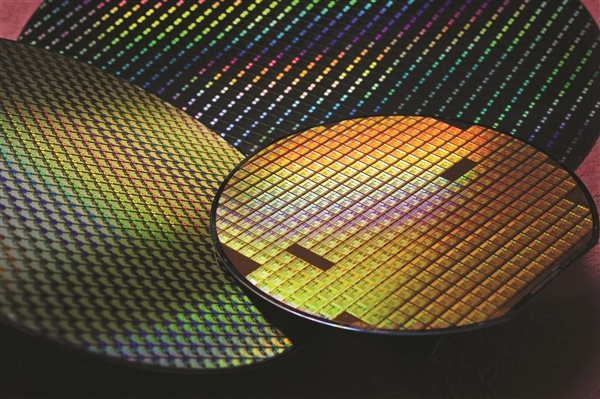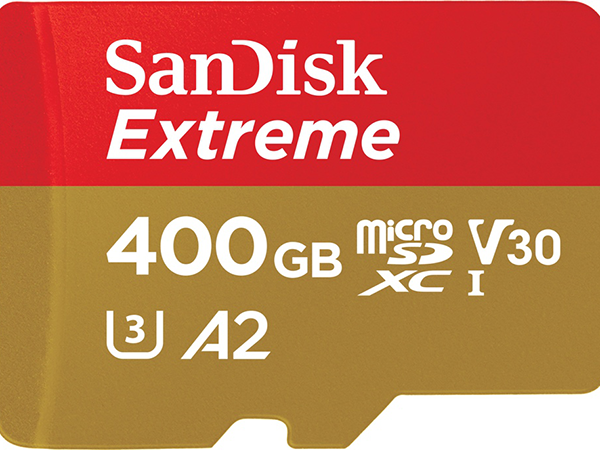2016 is also an extraordinary year. When multiple flash particle vendors announced the 3D NAND 32-layer stacking product manufacturing strategy and introduced new products, it has already marked the storage industry is ushering in a major change triggered by the evolution of flash memory. And 3D NAND has become a key factor in the change.
3D NAND detonates memory changes
Of course, don't forget about the world of storage. Wei Wei of the late Ming and early Qing Dynasty also said: "Changers, the law to the end." Began on the day the flash memory was born, the storage world has changed.
Previously, flash memory has been subject to industry and user disputes due to high cost issues. The evolution of 3D NAND technology and the rise of applications have caused storage to cross the critical point of flash memory and are pushing the storage industry to another era.
According to data released by Wikibon in 2014, in the next five years, the cost per GB of SSD will continue to drop. By 2023 or so, the unit cost of SSD per GB will be the same as that of HDD. One of the biggest gains is, of course, the mass production drive from 3D NAND.
It is estimated that from 2017 to 2018, half of Flash will be based on 3D NAND products.
Even more optimistic industry analysts believe that in terms of TCO comparison, SSDs are expected to reach or even fall below HDD in 2017.
It can be seen that comparing the cost of SSDs and HDDs can not only reflect the purchase price, but also need to be considered from the TCO to better explain the problem.
Driven by 3D NAND technology, flash memory is becoming more and more in accordance with Moore's Law, and you can buy double capacity at the same price every year and a half.
3D NAND uses multi-layer stacking to reduce the cost of particles. Samsung first developed 32-layer stacked 3D NAND products in 2015. By 2016, all of the world's top manufacturers of flash memory chips including Samsung, Micron, Intel, SK Hynix, Toshiba, and SanDisk had 32-layer stacked 3D NAND products.
Under the general trend of the development of 3D NAND, storage vendors have helped users achieve unprecedented balance in storage performance and TCO reduction.
To this end, we have also seen global representative enterprise-class storage vendors such as HPE, Dell, NetApp, EMC, HDS, etc., have announced support for the use of 3D-NAND technology to upgrade storage arrays, and the market can also see from These storage vendors use 3D-NAND storage array products. As a result, enterprise-class users can provide high-performance storage based on flash memory, which has unprecedented performance and cost balance compared to traditional disk storage.
Not only does the flash memory change due to 3D NAND, the storage array changes due to 3D NAND, and the cloud computing field is also changing due to 3D NAND.
Flash Acceleration Cloud Service Provider Builds New Cloud Storage




